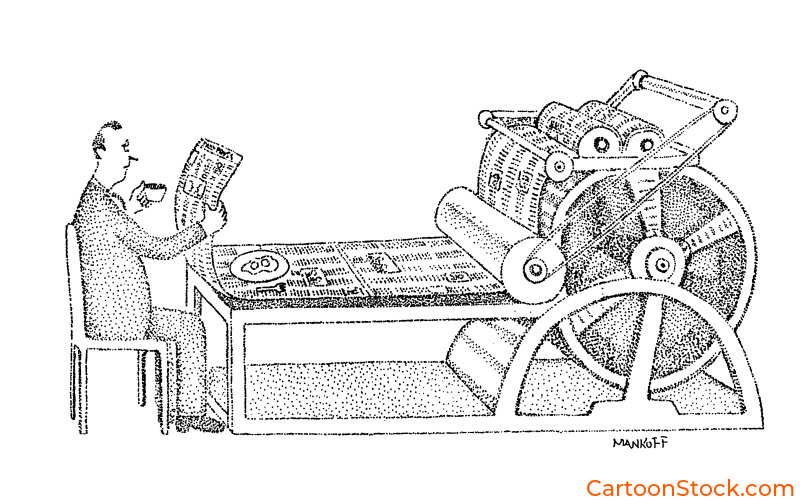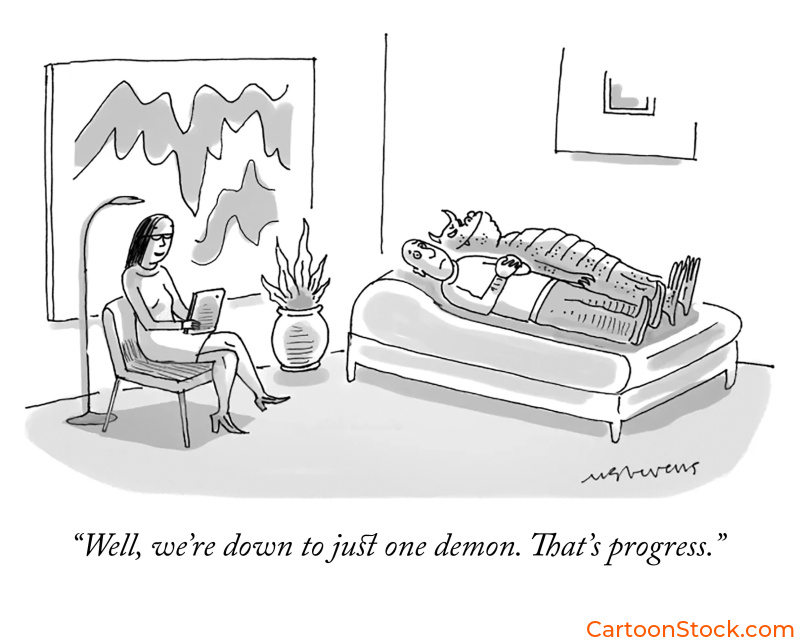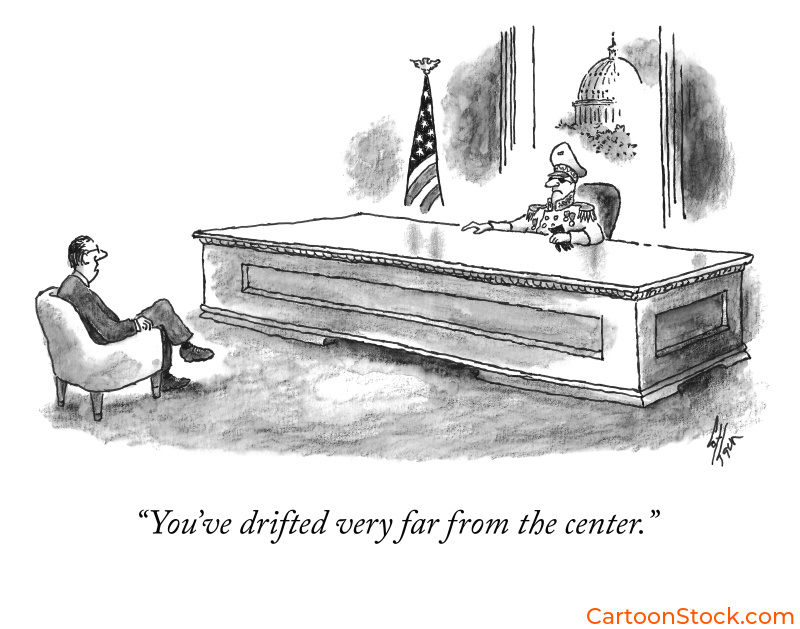In an age of fast news cycles and shrinking attention spans, editorial cartoons remain one of the few media traditions that still stop readers mid-scroll. They’ve been a fixture of newspapers and magazines for more than a century, distilling complex issues into a single visual punchline. Whether poking fun at politics, highlighting cultural quirks, or offering quiet reflection, editorial cartoons still play a powerful role in keeping audiences emotionally — and intellectually — engaged.
Today, we’re exploring how newspapers use editorial cartoons to connect with readers, why they still matter, and how you can use licensed editorial art to enhance your own publication’s voice.
This article is part of our comprehensive guide, The Complete Guide to Editorial Cartoons in Publishing
Why Editorial Cartoons Still Matter in Journalism
Long before the first viral meme, there was the editorial cartoon — the original shareable commentary. These single-panel artworks combine wit, critique, and artistic style in a way that even the most carefully crafted headline can’t.
For editors, cartoons provide:
-
Instant visual contrast on text-heavy pages.
-
Emotional connection — humour lowers defences and invites engagement.
-
Memorability — readers often recall the cartoon long after they’ve forgotten the accompanying article.
In short: a well-chosen cartoon gives readers a breather without breaking tone. It lightens dense reporting, reinforces the publication’s perspective, and keeps audiences coming back for that spark of human insight.
How Newspapers Use Cartoons to Engage Readers
Pick up any major newspaper and you’ll likely find a cartoon near the opinion or letters page. That placement is deliberate. Cartoons thrive where ideas clash, they’re visual editorials.
Some common editorial strategies include:
-
Topical commentary – responding to the news cycle in real time.
-
Recurring artists – building reader familiarity through a consistent voice.
-
Contrasting tone – pairing a serious op-ed with a witty cartoon for balance.
Explore more: Browse our Collection — thousands of cartoons from The New Yorker and leading international artists, ready for print or digital use.
Magazine Usage vs. Newspaper Usage
While newspapers thrive on immediacy, magazines use editorial cartoons differently. With longer lead times, cartoons in magazines often serve as thematic reflections rather than instant reactions. They add texture to feature spreads, lighten investigative pieces, or serve as self-contained commentary on social trends.
A strong magazine cartoon feels timeless — something that resonates months or even years after publication. Think of The New Yorker’s minimalist single panels: they’re cultural shorthand for sophistication, irony, and restraint.
Licensing tip: If your magazine or newsletter needs that same mix of intelligence and wit, CartoonStock’s searchable database lets you filter by topic, and publication style and much more to quickly find exactly what you need.
Visual Storytelling & Reader Engagement
Editorial cartoons succeed because they compress information. A good cartoon makes a point before the brain realises it’s analysing anything.
That combination of immediacy and nuance is engagement gold. Readers pause. They smile. They think.
Humour, Irony & Metaphor
Humour invites the reader in; irony keeps them thinking. A cartoon’s exaggerated metaphor forces abstraction — the reader becomes an active interpreter rather than a passive consumer.
Consistent Editorial Style
Publications known for a certain type of humour — subtle, acerbic, whimsical — train their audience to expect it. That predictability builds loyalty. A distinct visual tone is as integral to a publication’s identity as its typography or tagline.
Editorial Cartoons in the Digital News Era
In digital editions and newsletters, editorial cartoons remain among the most consistently clicked-on visuals. They humanise automated layouts and lend personality to algorithmic feeds.
Online publications use them as:
-
Lead visuals for opinion pieces.
-
Standalone “cartoon of the week” features to encourage subscriptions.
-
Newsletter hooks, replacing stock images with something more distinctive.
Even brief exposure increases brand recall — particularly when cartoons mirror the publication’s editorial stance.
Want to add that spark to your newsletter or site? License editorial cartoons for digital publishing
Common Misconceptions About Editorial Cartoons
Some editors still hesitate to use cartoons, assuming they’re “too light” for serious reporting. In truth, that’s what makes them valuable. They cut through formality and connect at a human level.
Cartoon vs. Illustration:
An editorial illustration visually supports a story; an editorial cartoon is a story — an opinion rendered in line and ink. It offers perspective, not decoration.
“Do cartoons really increase readership?”
While quantitative data is sparse, audience behaviour tells its own story: publications continue dedicating prime real estate to cartoons even as space tightens. That persistence signals reader demand more reliably than analytics ever could.
Q&A
Why do newspapers use cartoons?
To engage readers emotionally, visually, and intellectually — offering quick commentary that complements text-based reporting.
Do editorial cartoons increase readership?
While hard numbers are rare, reader recognition and loyalty suggest they do. A memorable cartoon becomes part of a publication’s identity.
Where can publications source editorial cartoons legally?
From licensing platforms like CartoonStock, which offers instant editorial-use licenses.
Conclusion
Editorial cartoons may have evolved in style, but their role hasn’t changed: they make readers stop, look, and think. For editors and publishers, that pause is priceless.
Next step: Explore CartoonStock’s Editorial Licensing Library — a searchable archive of over 750,000 cartoons from The New Yorker, The Wall Street Journal, WIRED, and beyond.
Bring your opinion pages to life with professional, thought-provoking cartoons — instantly licensed and ready to print or publish.




 License This Cartoon
License This Cartoon